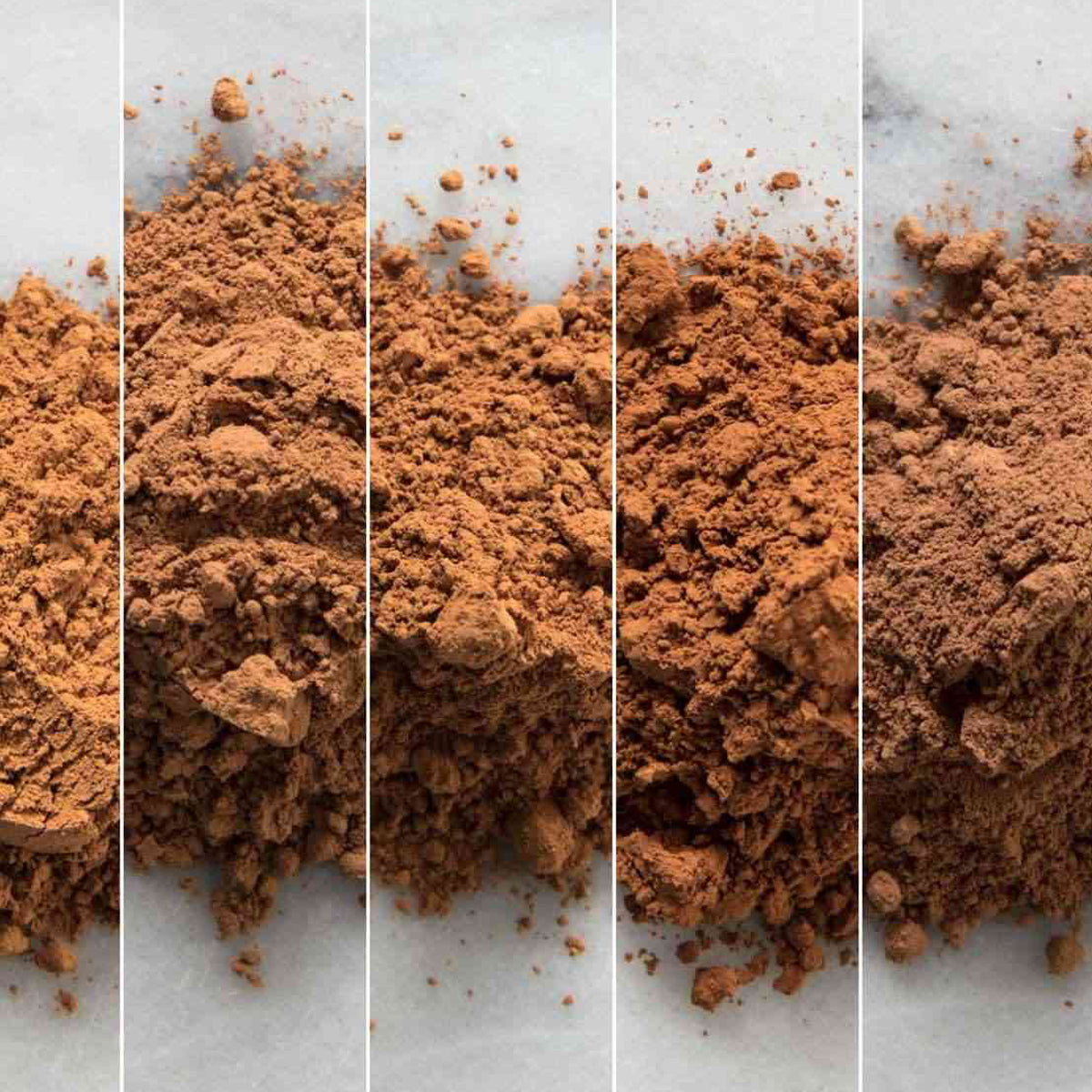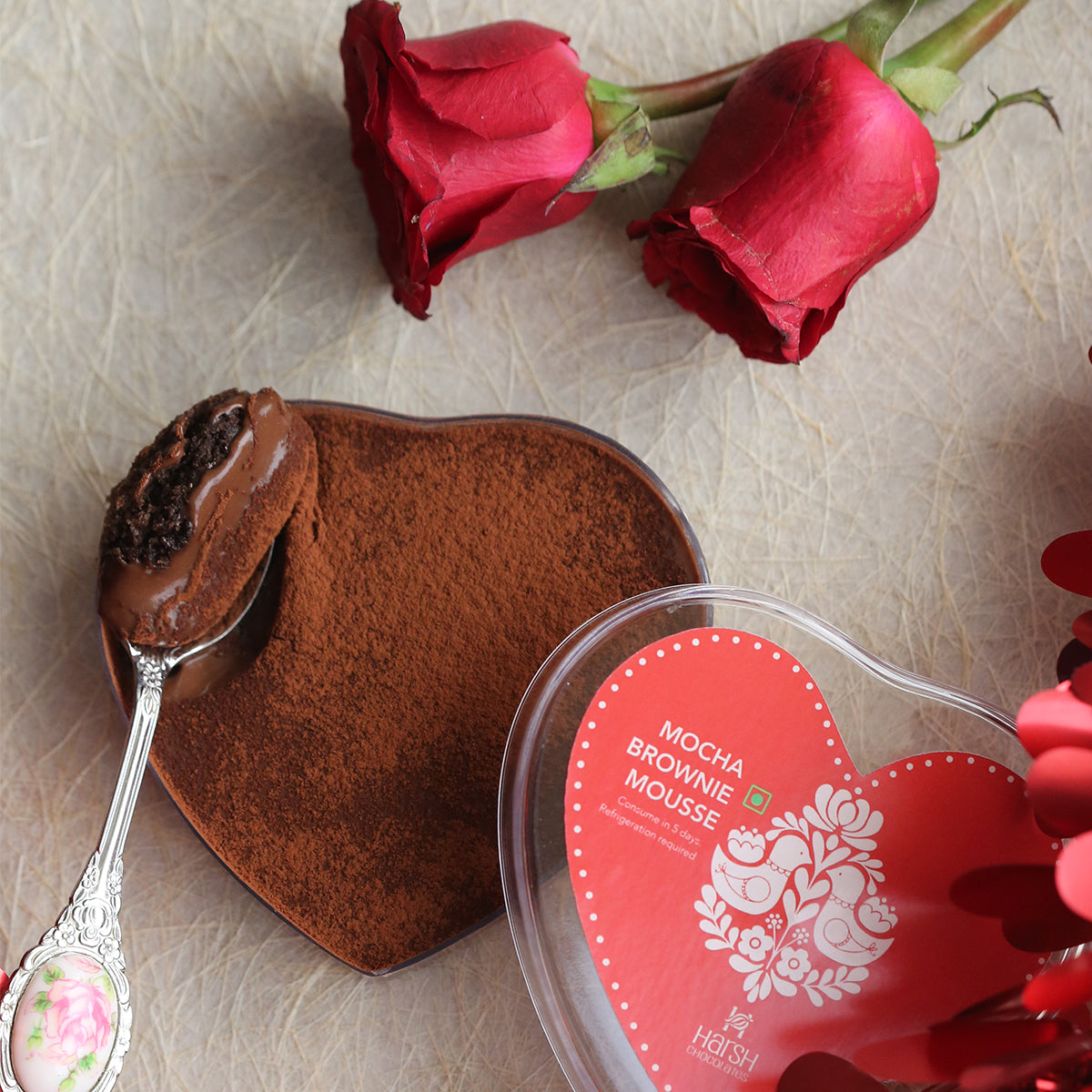A thermometer is an essential kitchen tool, whether you’re roasting a juicy steak or making homemade caramel. But not all thermometers are the same—meat thermometers and candy thermometers serve different purposes and are not interchangeable.
Here’s everything you need to know about these two kitchen must-haves.
What Is a Meat Thermometer?
A meat thermometer is designed to measure the internal temperature of meats, ensuring they’re cooked to perfection and safe to eat.
Key Features:
-
Measures temperatures up to 200°F
-
Has a pointed probe to insert into meat
-
Used for roasting, grilling, and baking meats
-
Helps achieve safe minimum temperatures (as per USDA guidelines)
A meat thermometer is ideal for checking the doneness of:
-
Steaks & Roasts (like beef tenderloin and prime rib)
-
Poultry (chicken, turkey, and duck)
-
Pork & Lamb
-
Meatloaf & Casseroles
Pro Tip: A meat thermometer should be calibrated regularly for accuracy.
What Is a Candy Thermometer?
A candy thermometer is designed to handle higher temperatures and is essential for working with sugar, caramel, and deep-frying.
Key Features:
-
Measures temperatures up to 400°F
-
Has a long, narrow shape for safely checking sugar or oil temperature
-
Used for candy-making, caramel, and deep frying
-
Helps determine sugar stages (soft-ball, hard-crack, etc.)
A candy thermometer is necessary when making:
-
Toffee, Fudge, and Brittle
-
Caramel & Sugar Syrups
-
Deep-Fried Treats (like donuts and fried Oreos!)
Why Not Use a Meat Thermometer for Candy?
A meat thermometer doesn’t reach high enough temperatures for caramel or frying. Plus, its short probe isn’t safe for dipping into hot sugar or oil.
Final Verdict: Do You Need Both?
Yes! If you cook meat and make candy or deep-fried foods, owning both a meat thermometer and a candy thermometer will give you precise, safe, and delicious results every time.
So, stock up on the right thermometer and cook with confidence!





